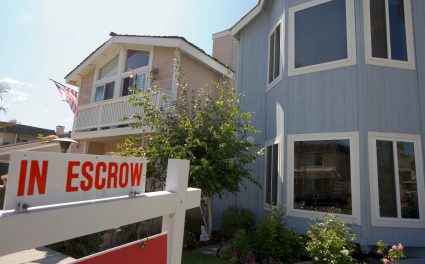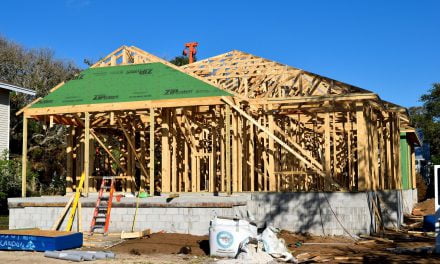San Jose’s transit village is developing — something which is particularly necessary for such a populated inland area. San Jose’s downtown area is not very large, but this technological hub is a touchstone for growth in terms of jobs and — potentially — housing.
To ensure this growth remains possible, the local government is encouraging new residential construction near Bay Area Rapid Transit (BART) areas, seeking to provide supply for the growing demand. A development of 400 residential units near a future BART station is in the works, according to The Mercury News.
The idea behind these units is not only to create more supply for housing, but to also include commercial units in the development plan — producing a mixed-use development. This hub promotes a long-term solution to issues with the housing shortage, reviving the region’s multi-family inventory.
It has become easier for builders to build near transit-rich areas since Senate Bill (SB) 10 passed last year. This California law requires each city and county to develop a general plan which outlines the community’s vision of future development.
In 2018, a similar bill passed – SB 2923. The California law intended to require the board for BART to adopt transit-oriented development (TOD) standards, including:
- building height;
- density;
- parking requirements; and
- floor-area ratio.
It also required local zoning rules to adapt to BART standards by this year — 2022.
These bills are good news for introducing more lenient zoning rules throughout the entire state of California. BART housing paves the way for more housing in transit-rich areas, highlighting the easiness of building with less restrictive zoning regulations, and fueling more new units to hit the market.
BART housing is a milestone for the Bay Area, but the potential for growth in transit-rich areas exists throughout all of California.
Getting in the zoning
In terms of increasing housing, there are three effective routes to pave the way:
- loosening zoning rules;
- easing the process of land subdivision, such as through the recent passage of AB 345 which allows accessory dwelling units (ADUs) to be sold separately from the main residence; and
- decreasing permitting fees and wait times by reducing review regulations for much-needed housing developments.
Densely populated coastal areas like the Bay Area struggle beneath strict zoning regulations, whereas inland metros tend to benefit from less restrictive zoning.
As California’s zoning laws gradually continue to bend to the rising demand for housing, the transit village in San Jose will be the start for a fresh wave of new residential construction.
This new construction, providing housing for over 400 units, will add to the region’s low housing inventory. There’s also opportunity for employment in this mixed-use development plan – which means job growth and inventory growth. Two concoctions, which mixed together, mean more money for housing and highlight the triumphs created out of less restrictive zoning.














